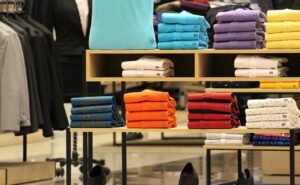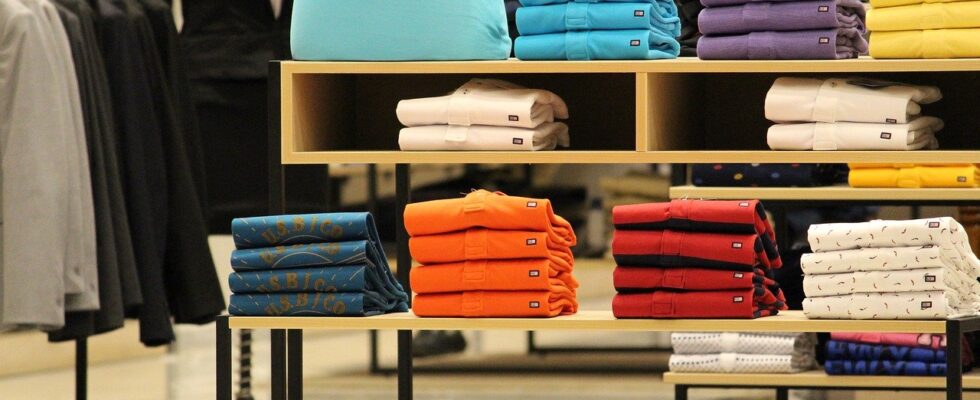 With retailers rapidly scaling up click-and-collect offerings during pandemic lockdowns, a fascinating new trend has emerged.
With retailers rapidly scaling up click-and-collect offerings during pandemic lockdowns, a fascinating new trend has emerged.
In the earlier years of online retail, many bricks-and-mortar stores became frustrated with consumers testing out products in stores, then buying them online from other (often cheaper) vendors – known as “showrooming”. Now the reverse is increasingly happening.
Click-and-collect – often known as “buy online, pickup in store” (or BOPIS) – has escalated in popularity as a fulfilment option. Growth has been much larger than projected, as consumers have expressed a clear preference for click-and- collect as their fulfilment channel.
The growth of click-and-collect
Extended lockdowns across the globe have driven retailers of all shapes and sizes to scale up their click-and-collect offerings, as customers have flocked to this option in place of in-store shopping trips. Our research shows that more than 48 per cent of consumers globally would now choose this service as their primary fulfilment option. And that number increases for purchases in categories like groceries and medication.
In Australia before lockdowns, click-and-collect was typically in much lower demand than in other parts of the world. But retailers here have been forced to rapidly build and scale up to meet changing consumer preferences.
Globally, innovation in this space has long been prevalent. Ikea’s click-and- collect offering involves a two-step process: Buyers can select a store to collect their order; when the order is ready for collection in-store, an SMS or email notification is sent to the buyer.
Target offers a range of options, including shipping between stores and contactless click-and-collect from front-of-store and loading bay. Fashion brand Cue, which has long had a focus on delivery innovation, introduced 30-minute click-and-collect in 2016. It leverages its large network of stores as mini- fulfilment centres.
Continued convenience after Covid
With the lockdowns finally ending in Australia, what is the future of click-and- collect as a fulfilment channel? How should retailers be thinking about it as part of their future omnichannel mix?
One of the advantages the service offers for both retailers and consumers is reduced last-mile shipping costs. Getting items to a store or fulfilment centre is typically cheaper and more efficient than shipping individual purchases to a residential address. It’s also faster: consumers don’t have to wait around for often- unpredictable postal delivery.
Our research shows that 49 per cent of Australian consumers prefer click-and- collect as the primary means of fulfilment for purchases in essential categories such as food and medicine. Across more impulse categories, 41 per cent prefer it.
A survey of US consumers by Offers.com found that not having to wait for an item to ship, along with not paying shipping fees, were the things people liked most about click-and-collect. Among respondents, 45 per cent first tried it because they “needed an item right away”. They also liked that returns were much quicker and easier. Similarly, a survey of Australian consumers by the Commonwealth Bank found that speed was a top priority for shoppers, particularly among younger generations.
An important benefit of click-and-collect for retailers is bringing consumers back into physical stores. This creates a key opportunity to upsell, cross-sell, and promote new products; the US survey found nearly half of click-and-collect shoppers were tempted into impulse buys.
Look overseas for the future
When considering how best to take click-and-collect offerings forward beyond their lockdown roots, Australian retailers should look to leaders in the US, such as Target and Walmart. These chains are leveraging customers’ desire for convenience to offer highly sophisticated, automated, and profitable same-day click-and-collect service (both in-store and curbside), using high-tech pickup towers and lockers.
In mainland Europe, where car ownership and distance mirrors much of our experience here in Australia, grocery retailers like Carrefour and E.Leclerc are taking convenience even further. They’re adding self-serve curbside and locker pickup options to their fulfilment mixes for the large portion of their customer bases returning to office work.
Consumers’ desire for convenience will remain after Covid, driving time-poor Australian consumers to consider a retailer’s ability to offer click-and-collect as a key factor when choosing where to make a purchase. Australian retailers must take advantage of these changes in consumer behaviours and build on their early experiments in the area.
By Bradley Grinlinton, Head of Retail and Consumer Products, Publicis Sapient
This article was first published by Inside Retail
